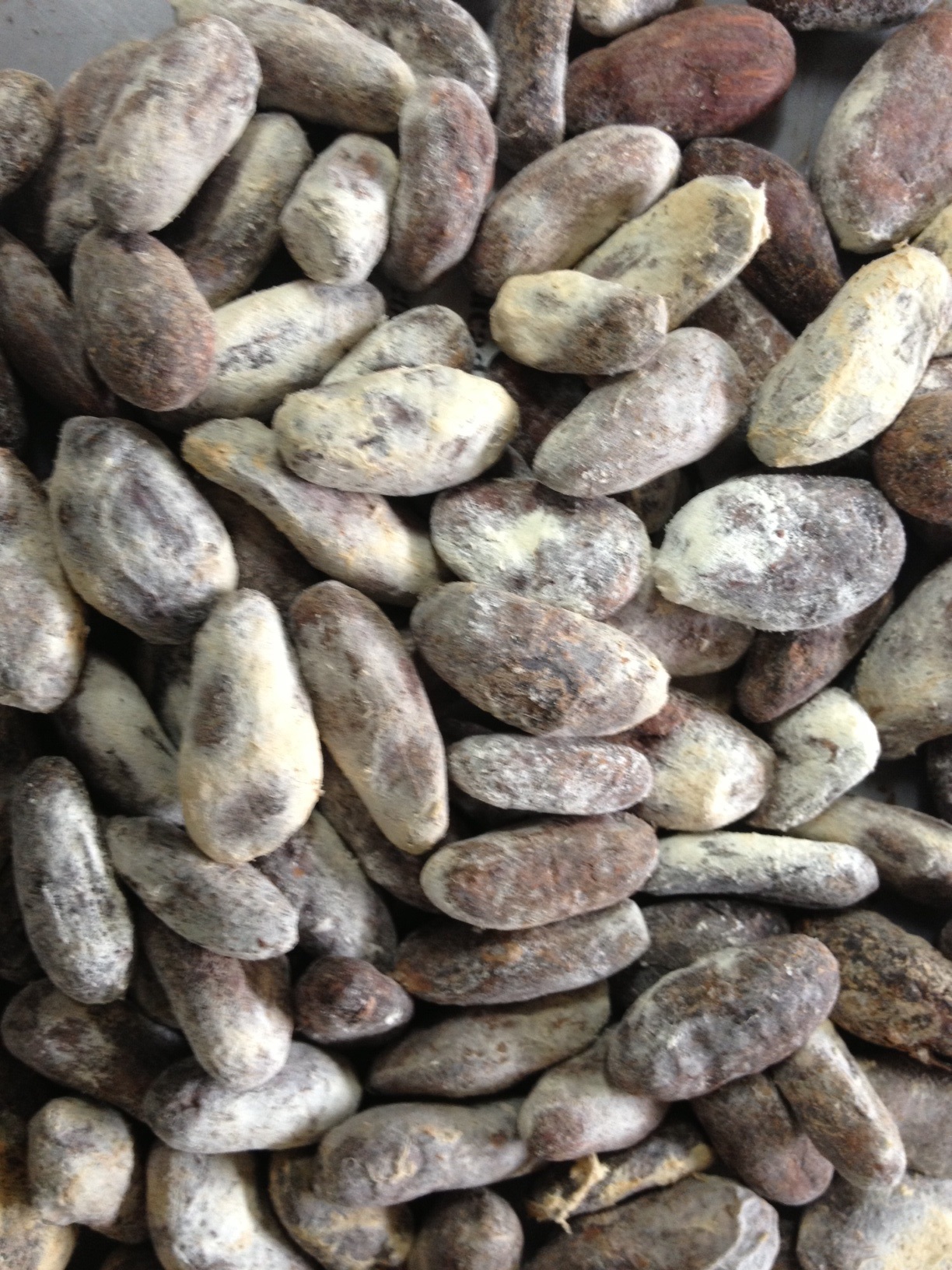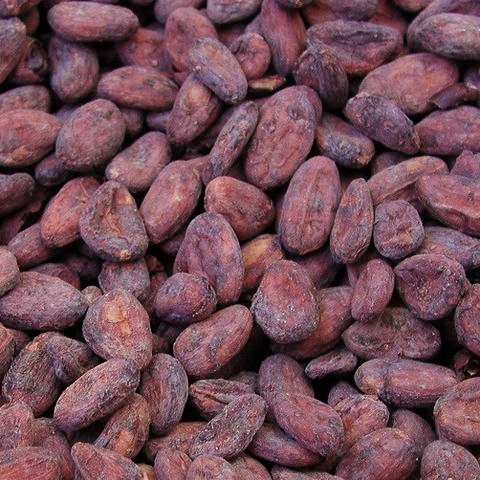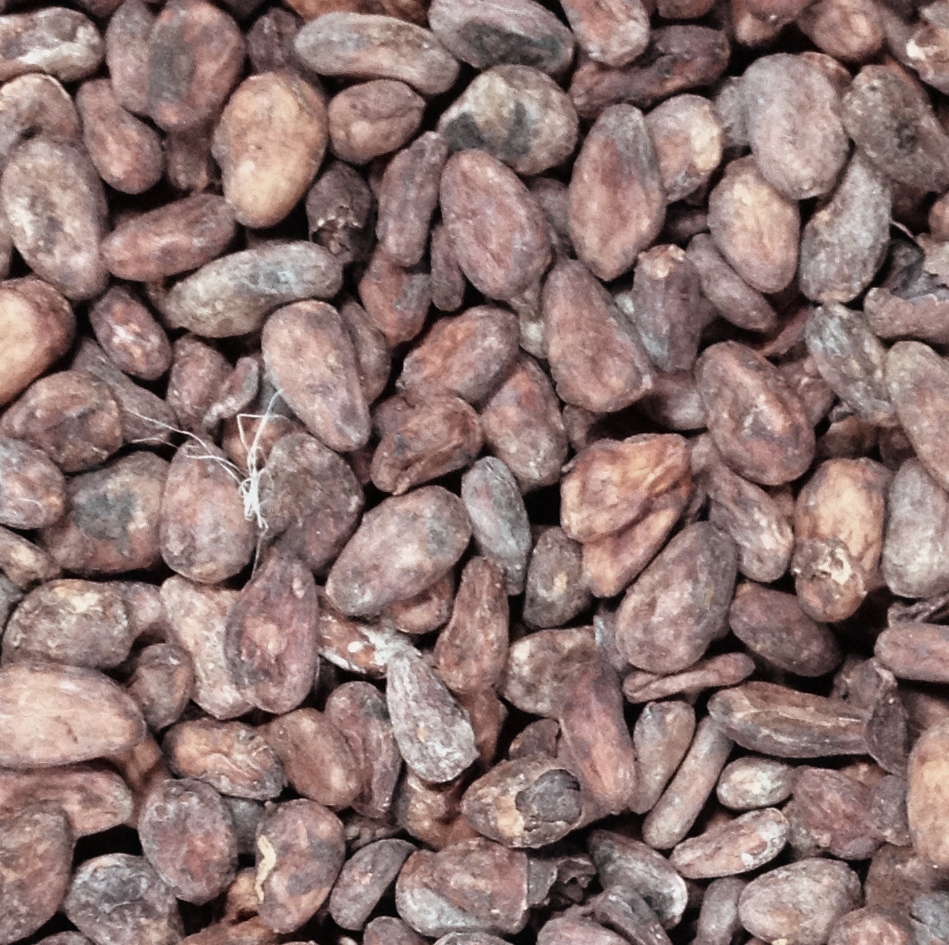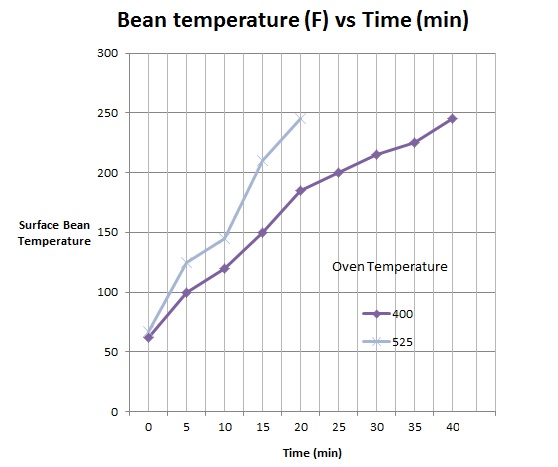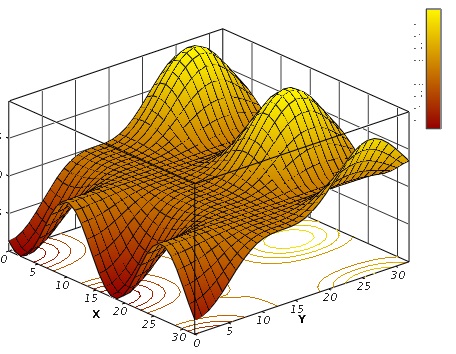Level: Apprentice/Alchemist
Reading time: 13 min
How do I sweeten my chocolate with honey?
Sit back. It’s story time.
For years now I have not had an answer to this question. Or at least I didn’t have an encouraging answer. The best I could say was that you could not just pour it into your chocolate while in the melanger. If you do that the water in the honey will cause the chocolate to seize.
Over and over I’ve been told it was possible, but it was always via the classic friend of a friend. Or whoever told me had seen a *real* chocolate bar in the store sweetened with honey. In three separate cases I tracked down the makers of said honey chocolate. And in every single case they admitted, rather quietly and with their head lowered just a bit, that the chocolate just didn’t quite work well and that it was very difficult to remain stable. In 2 of the 3 cases all they did was stir honey into the chocolate during tempering, very gently so as not to cause a seizing reaction, and hoped for the best….and still had a high failure rate and shelf life issues due to the moisture.
For me this challenge had the same feel as my initial chocolate making endeavor back in 2003 when no one knew how to make chocolate at home. My goal then was to make real chocolate in a straight forward and approachable way. I wanted to do the same thing with honey. I wanted to come up with a way that anyone could do without hedging, and without admonishments to be careful.
Toward that goal, I have failed quite a bit. Failure is always an option. Let’s run down my list of failures.
The low hanging cacao fruit was powdered honey. The issue there turned out to be one of false advertising. I could find no real dried or powdered honey. It all contained huge amounts of dry sugar. There was enough to give a honey taste in teas and baked goods, but not what I was looking for. It’s is worth noting I did find one on-line but it was both horridly expensive and often out of stock. That in itself violated the goal of being straight forward and approachable to anyone. So I moved on. Failure.
I had this epiphany while making a batch of praline. Part of that procedure is to make caramelized sugar. You start off by making sugar syrup and then boiling the water off. I could find no good reason I could not boil off the water in honey.
It all went really well. It boiled. It hit hard crack temperature. I poured it up and it gave me a beautiful sheet of honey glass. And proceeded to suck up moisture fast and become tacky in the time it took to cool. Trying to powder it so I could use was a choir and by the end it was sticking together and in no shape to go into chocolate. Failure.
After that I decided it was time to step back and make it simpler so I tried to dry my own honey. I actually didn’t have high hopes here. AI tiny test confirmed that all you end up with upon dehydrating honey is something a bit akin to a taffy. Super thick but nothing you could add to chocolate. It forms a skin that keeps it from 100% drying out. Failure.
From there I jumped to coating a batch of roasted nibs in honey and drying those. I really thought I was onto something there. I had spread out the honey, radically increased the surface area and made the coating of honey so thin that it effectively could not form a skin.
After about 6 hours at 120 F the nibs were a tiny bit tacky. After cooling they firmed up and were crunchy. Looking good! I had previously weighted my nibs and honey and when the weight showed I had lost the 16% of the weight of the honey (the average moisture content of honey) I called it done.
I put the honeyed nibs into the melanger. I put some warmed cocoa butter and a little lecithin in just to help things along. After an hour they were all in and while not looking perfect, didn’t look too bad. Unfortunately somewhere between 1 and 24 hours disaster struck. What I came back to is virtually impossible to describe. But I will try. The melanger was still running. But it looked so very weird. It was bumping and thumping and splashing in ways it was not supposed to. Somehow, from the best I can tell, the honey started sticking to itself as it worked. There were globs of hard honey all over the sides of the bowl, the bottom of the bowl and there was this utterly bizarre ring of …..something…..around the central shaft. From the best I could tell it was wax or at least wax based. Pretty flavorless, kind of hard, but not really. It took me two days of hot water, repeatedly scrubbing and lots of elbow grease to get it clean. Oh, and the chocolate? Nasty. You know that odd flavor after you have chewed up all the flavor out of a piece of honeycomb? That! Failure.
But it’s funny. I have this streak in me that refuses to give up as long as what I am trying doesn’t go off and break physical laws. No perpetual machine tests for me! So I kept thinking, letting the idea rest and turn over in my mind. A few months later I was doing another test and had great success. It was not a honey test, but it was the key. I was playing with infusing some whisky with cocoa, noticed how much liquid the nibs soaked up and wondered what would happen if I went the other way.
I proceeded to add a small amount of bourbon to some roasted nibs. After 12 hours there was no bourbon left. I put the bourbon nibs into the oven and an hour later I was back at my original weight of nibs. And the nibs were totally dry. I made chocolate with them (recipe later) and I had a lovely bourbon chocolate that behaved perfectly.
As I said, this was the key. I think most of you know I am a retired chemist. This got me thinking about sugar’s affinity for water (everything gets tacky), but also alcohol’s affinity for water. I wondered if I could use the later to out compete the former. I’m not going to delve too deep into theory but I will say water and ethanol forms a mixture that is called an azeotrope. This mixture contains about 5% water. And the key is that no matter how you heat it you cannot make that water go away. My thought was to use that characteristic to force the water out of the nibs. Basically by heating ethanol soaked nibs, when the ethanol evaporates/boils off it draws water out with it. That is why the bourbon whiskey worked. I wondered if I mixed honey and ethanol (vodka) I could force the same reaction.
I guess by now you know it worked or I would not be writing this. It worked fantastic.
I dissolved 250 grams of honey in 160 grams of vodka. There was some calculations behind the choice of that amount of vodka involving partial pressures of water/ethanolmixtures, but suffice it to say it worked and it might well be possible to use even less. It took heating the mixture to 122F/50C to getthe solution to go clear. After that I mixed it with the nibs and let them soak for a day. I dried them in an oven at 150 F (the lowest setting in my oven) and they dried right out. They had a pretty sheen on them and were crunchy, not sticky. After some hours they stuck together but broke easily apart again.
Hedging my bets I heated 10% cocoa butter and a teaspoon of lecithin, and made a batch of honey chocolate. This time there was nothing funny at all. After less than 1 hour it was looking like this:
https://www.instagram.com/p/BI5qAJ8AuNj/?taken-by=chocolatealchemy
And after 24 hours this:
https://www.instagram.com/p/BI8DgcXAtWp/?taken-by=chocolatealchemy
Success!
For those that want to follow along I started with 750 g of roasted nibs, 250 g of honey and 160 g of vodka for a total weight of 1160 g. If everything works like you want it to, you should end up with the 750 g of nibs plus the weight of the honey minus 16% water or 210 g for a total of 960 g. 100% of the vodka is gone. I ended up with 948 g. I count that a total success as the 16% was an estimate.
Given how thin the chocolate was I think I could have greatly reduced the cocoa butter and/or lecithin amount. And it is very possible the amount of vodka would be also reduced now that I know what to look for. As I think about it I wonder if the vodka helped pull out extra moisture from the chocolate resulting in a thinner than standard chocolate. That might be worth looking into.
And the flavor? Here is the funny thing. I’m not a honey fan. It tastes of honey. I’m not a fan. But it tastes like I would expect honey chocolate to taste like. A little floral, a little tangy and a little back drop of comb and loam.
So there you go.
Honey chocolate.
Real honey chocolate.
Straight forward. No being delicate, no disclaimers, no conditions.
Pleasegive it a try and let me know how it works.




